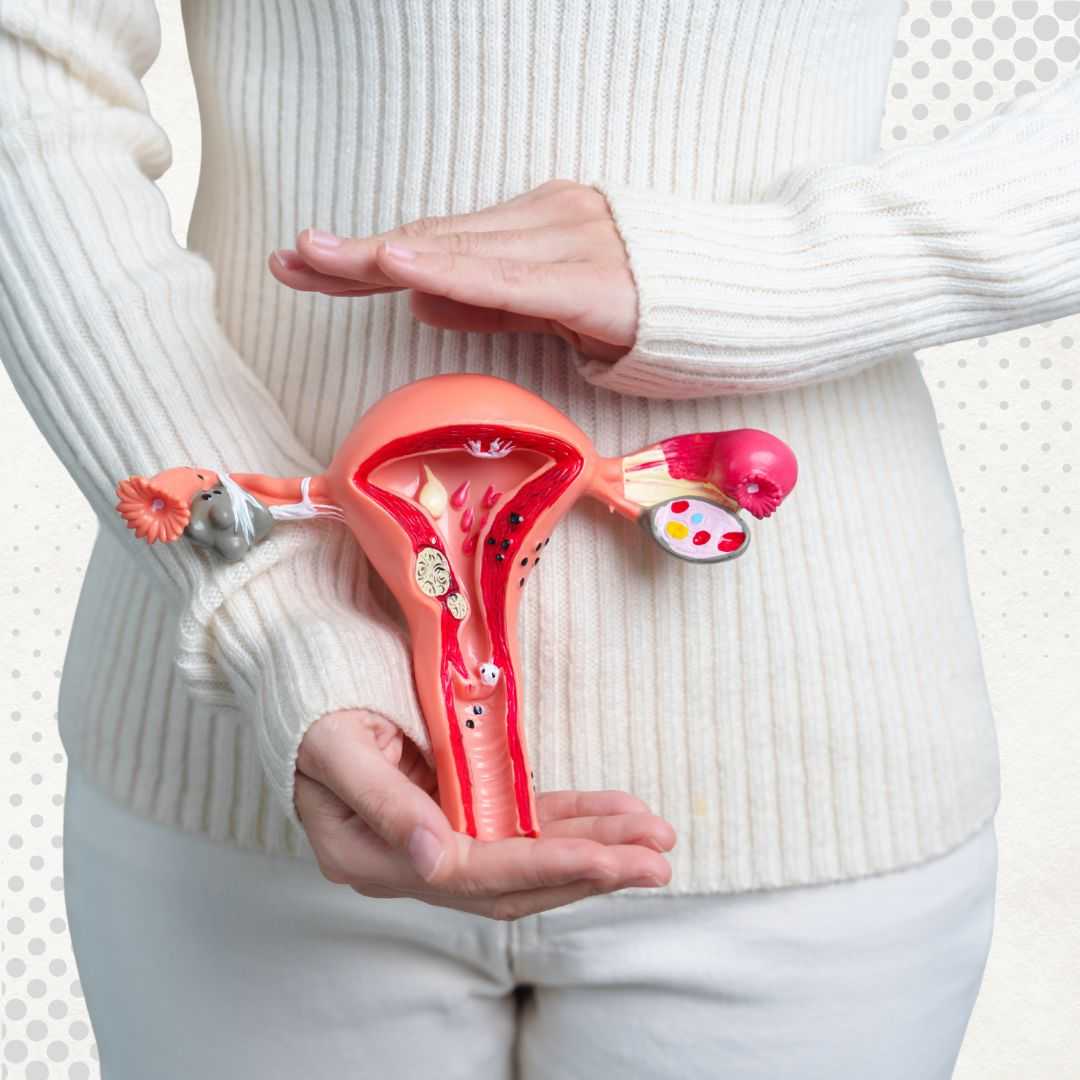
Overview of Stem Cell Therapy for Autoimmune Disorders in Bangkok, Thailand
Autoimmune disorders, where the immune system attacks the body’s own tissues, have long been a challenge for both patients and medical professionals. Conventional treatments often focus on managing symptoms and preventing flare-ups, but stem cell therapy offers an exciting new avenue that targets the root causes of these diseases. For patients in Bangkok, Thailand, Vega Stem Cell Clinic stands at the forefront, providing cutting-edge treatments for autoimmune conditions with remarkable potential to heal and restore quality of life.
By harnessing the regenerative power of Stem Cell Therapy for Autoimmune Disorders in Bangkok, Thailand, this therapy aims to not only alleviate symptoms but also correct the immune system's dysfunctions. Whether it's rheumatoid arthritis, lupus, or multiple sclerosis, stem cell therapy could be a key to long-term remission, reduced inflammation, and organ repair. In this blog, we will explore how stem cell therapy is revolutionizing the treatment of autoimmune disorders and why Vega Stem Cell Clinic in Bangkok is a destination for this breakthrough approach.
Key Insights at a Glance
How Stem Cells Can Aid in Treatment of Autoimmune Disorders
Autoimmune diseases occur when the body's immune system mistakenly attacks its own tissues, causing inflammation, pain, and long-term damage to vital organs. While conventional treatments like immunosuppressants help manage these conditions, stem cell therapy offers a promising solution by addressing the root causes and promoting healing. Stem cells, particularly mesenchymal stem cells (MSCs), are now being explored as powerful tools in treating autoimmune diseases. Here's how stem cells can aid in the treatment of these complex conditions:
1. Regulating the Immune System
In autoimmune disorders, the immune system's overactive response plays a central role in damaging healthy tissues. MSCs can help restore balance by regulating immune function in several ways:
2. Tissue Repair and Regeneration
Autoimmune diseases often lead to severe tissue damage, such as joint destruction in rheumatoid arthritis or organ failure in lupus. Stem cells can aid in the repair and regeneration of damaged tissues:
3. Reducing Disease Activity and Preventing Relapses
Autoimmune diseases are known for their unpredictable flare-ups, making long-term management challenging. Stem cell therapy could provide an effective way to reduce disease activity and prevent relapses:
4. Personalized Treatment Approaches
One of the major advantages of stem cell therapy is the ability to tailor treatments to individual patients. By utilizing autologous stem cells (cells taken from the patient’s own body), the risks of rejection and complications are significantly minimized:
Stem Cell Therapy for Specific Autoimmune Conditions
Stem cell therapy holds promise for a variety of autoimmune diseases, each of which has its own set of challenges. By targeting the underlying immune dysfunction and supporting tissue regeneration, stem cells offer significant benefits for those suffering from chronic, debilitating conditions. Below are some of the key autoimmune diseases that can benefit from stem cell therapy:
Rheumatoid Arthritis (RA)
RA is a chronic condition in which the immune system attacks the synovial lining of the joints, causing inflammation, pain, and eventually joint destruction. MSCs may help in two ways:
Rheumatoid Arthritis and Stem Cell Miracles at Thailand’s Vega Clinic: Watch A Patient’s Guide
Lupus (Systemic Lupus Erythematosus)
Lupus is an autoimmune disorder where the immune system attacks various organs, including the skin, kidneys, and heart. Stem cell therapy may offer the following benefits:
Type 1 Diabetes
In Type 1 diabetes, the immune system attacks and destroys the insulin-producing beta cells in the pancreas. Stem cell therapy may be able to:
Revolutionizing Diabetes Care with Stem Cell Therapy at Vega Clinic, Thailand
Did You Know?
FAQs (Frequently Asked Questions)
Contact Us to Learn More!
If you or a loved one is struggling with an autoimmune disorder and are curious about stem cell therapy, Vega Stem Cell Clinic in Bangkok is here to help. Our experienced team provides personalized consultations to determine if stem cell therapy is the right option for you. Explore Regenerative Medicine for Autoimmune Disorders in Bangkok, Thailand approach to better health today. Contact us to learn more!










.png)






Share this listing